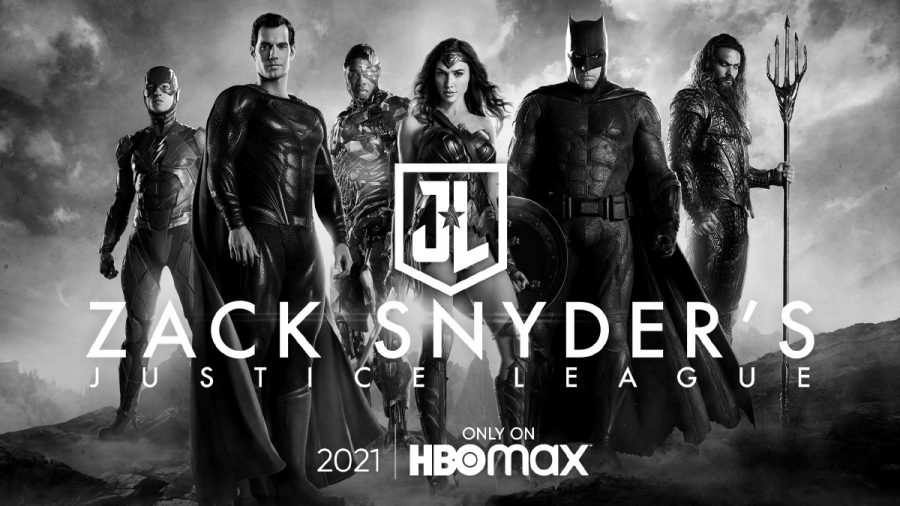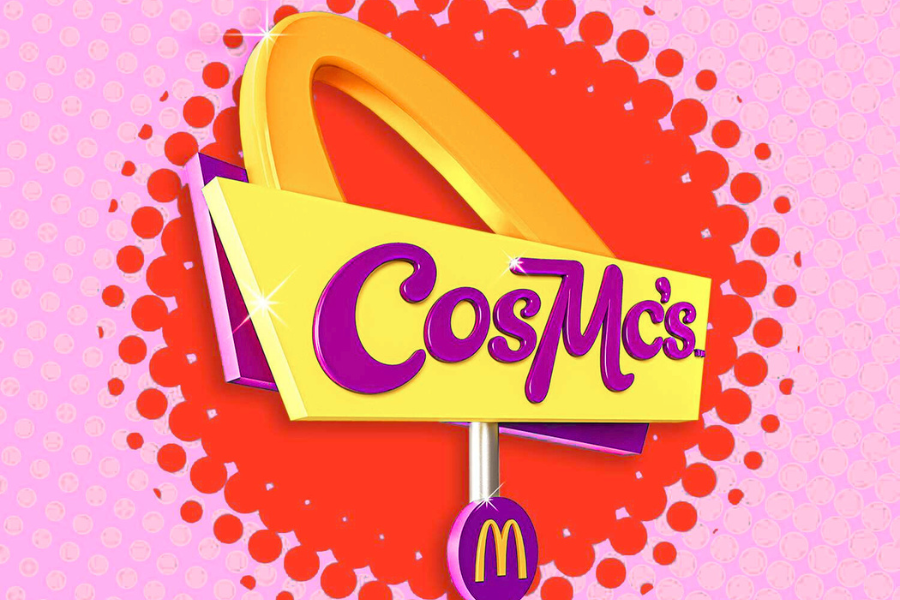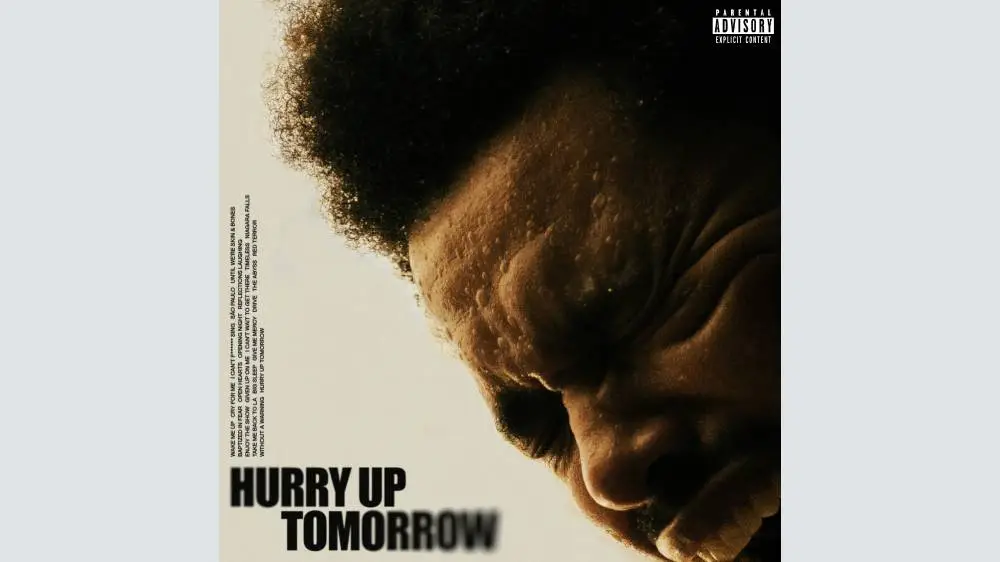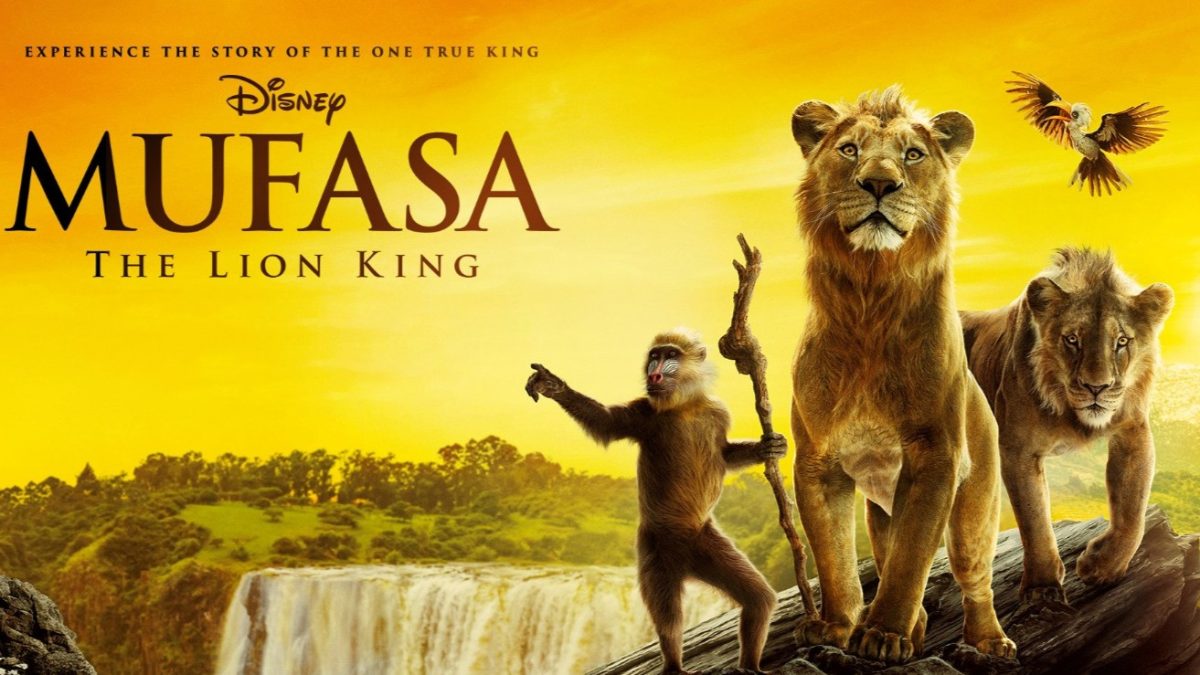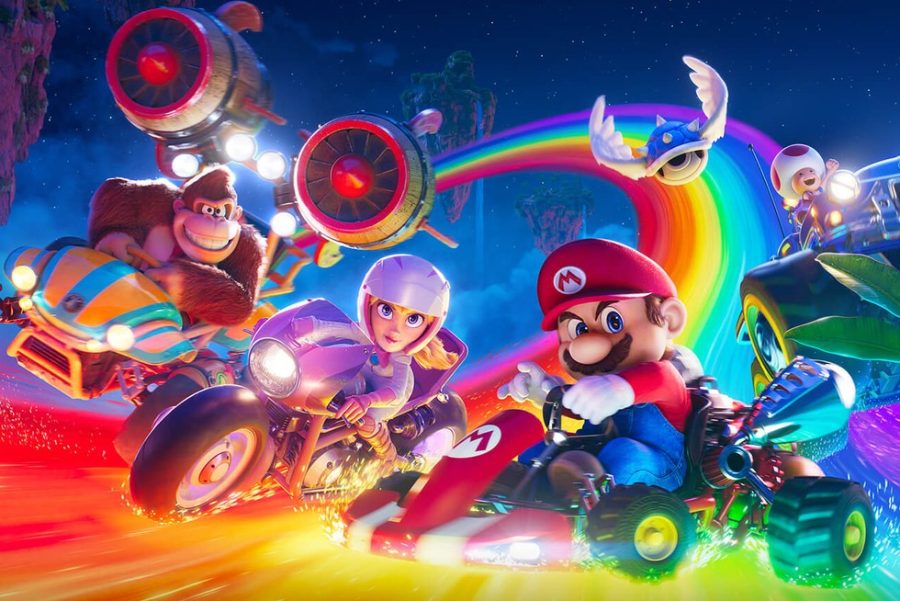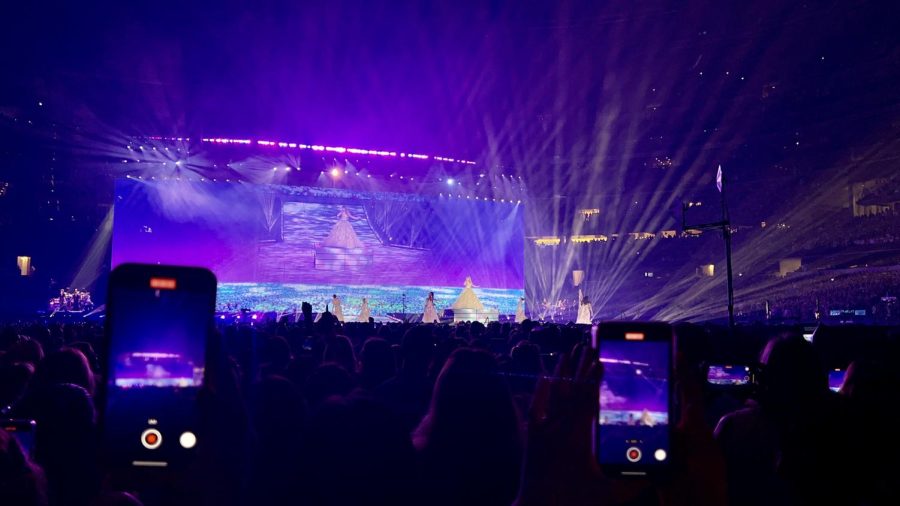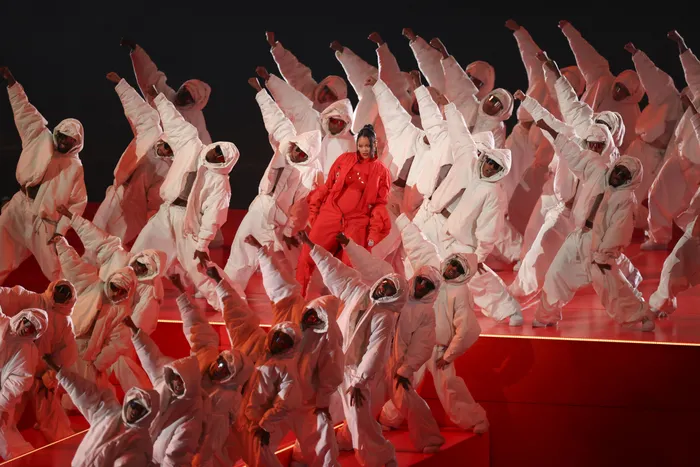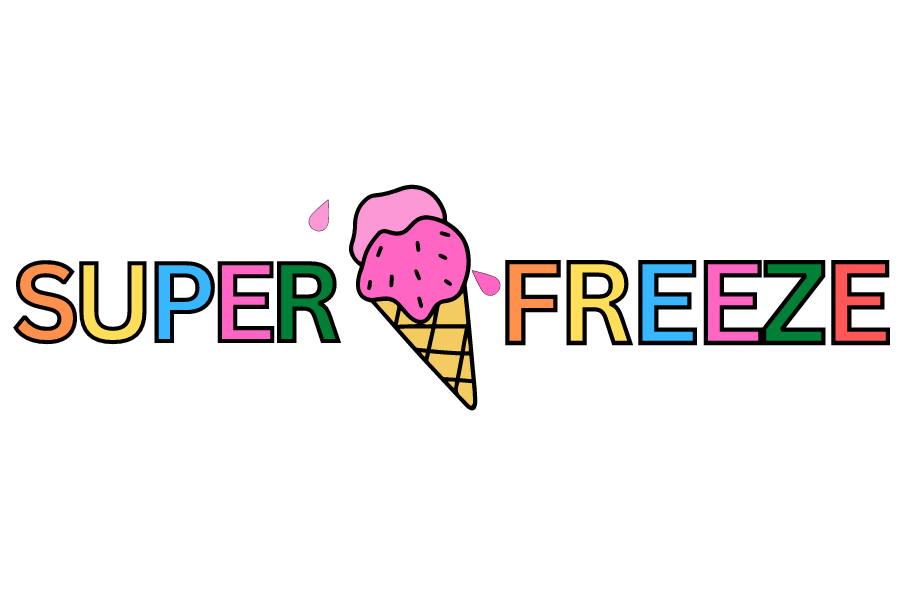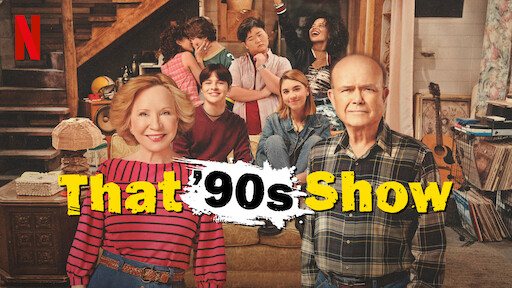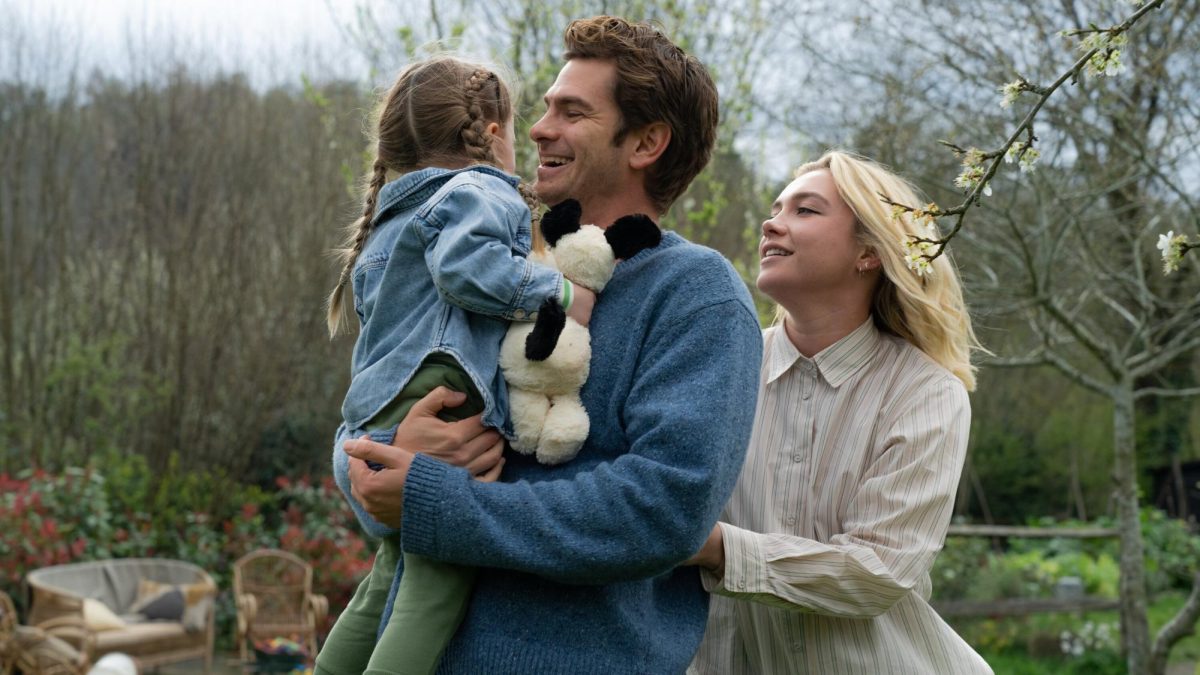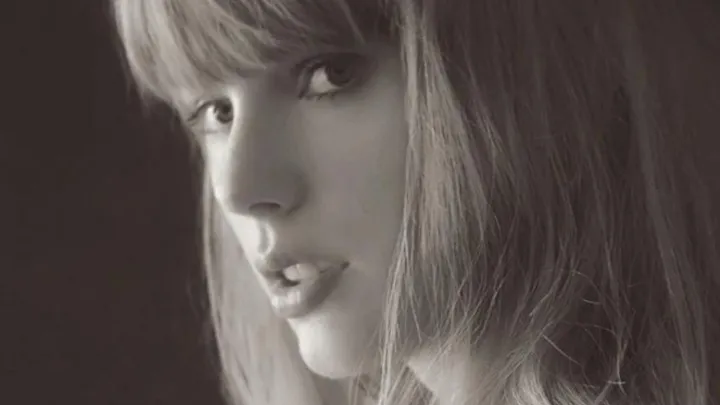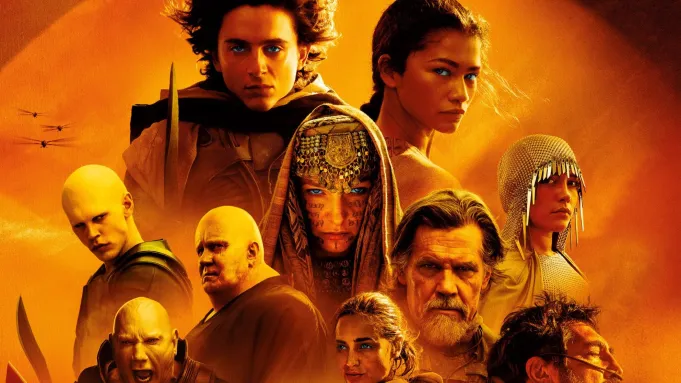As superhero movies continue to gain popularity amongst mainstream audiences, the demand for both quantity and quality only grows with each and every theatrical release. However, DC Comics’ highly anticipated project, “Justice League”, was a monumental letdown back in 2017 when it first hit theatres, resulting in a nearly 60 million dollar loss for the company. Fans, in trying to find an explanation on why the movie failed in both plot and execution, pointed towards the sudden change in director mid-production, where director Zack Snyder was replaced by Joss Whedon. Since the original film’s release, fans have been calling for Zack Snyder’s version of the film, with #ReleaseTheSnyderCut trending on Twitter after being fueled by both Snyder himself, and other key members of the cast. Last week, “Zack Snyder’s Justice League” was released on HBO Max, a four-hour marathon of a film that ultimately cleared up some major plot holes in the original, while providing more needed information on each character.
The first thing audiences can distinguish between the first Justice League movie and Snyder’s cut is the difference in length. The original Justice League was only two hours long, which evidently wasn’t enough time to provide a compacted origin story for each superhero. Both Cyborg (Ray Fisher) and The Flash (Ezra Miller) appeared seemingly out of nowhere, while Aquaman (Jason Momoa) seemed much too one-dimensional and consumed in his bravado. Superman (Henry Cavill), was essentially stripped down to his purely superhero qualities, casting aside the humane aspects he also possesses. All of these vital characters lacked depth, and two hours was simply not enough time to dive deep into each of their stories, to truly understand where they find their strength, or how they got their powers in the first place. It turns out, these backstories were originally filmed, but were edited out of the original. Snyder’s cut revealed why Cyborg is afraid to use his powers at first, why The Flash uses comedy to avoid his emotions. And perhaps most importantly, it explains even further why the villain Steppenwolf (Ciarán Hinds), is so driven to come to Earth. Roughly the first 90 minutes were devoted to character development alone, and while long, is desperately needed since many of these characters lack standalone origin stories.
With every character becoming more relatable and easier to root for in the Snyder cut, the plot flowed much better as well. In the original film, Batman (Ben Affleck) has a nightmare in which Steppenwolf and Darkseid (Ray Porter) are triumphant in their conquest of Earth, multiple superheroes are killed, and the world is consumed to a desolate wasteland. This scene was placed in the middle of the original film, foreshadowing what was to come in the team had failed in stopping the villain. While it makes sense in theory, it seems wildly out of place and confusing for audiences to understand why a prospective future was discussed before the problem was even identified. Snyder’s cut revealed that this scene was meant to a post-credit scene, foreshadowing the next Justice League movie where the extraterrestrial villains return, more powerful than ever, and the remaining superheroes, and human villains like Joker (Jared Leto) and Deathstroke (Joe Manganiello), needed to unite to save Earth. After watching Snyder’s cut, it’s clear the original film’s plot was rearranged in a way so all the information and crucial scenes were packed in order to cut down on time, and as a result, was a mess in character progression, and logical flow. Snyder’s cut ended up being much easier to watch and to comprehend, and every scene fits where it’s supposed to be. Audiences can sit back and simply enjoy, instead of trying to frantically piece together every mystery by themselves.
Looking back, if nearly four hours of content needed to be compacted into half that time, each and every scene would need to be as detailed as possible, in both dialogue and design. Yet somehow, Snyder’s elongated version seemed to contain even more detail than the original. Steppenwolf’s design is much more intriguing, with his flowing golden armor that seems to be molded into his skin. Small details like spikes appear when he’s in combat, the way he fights with his battle-ax, and even the emotions he suppresses in order to restore his name, were devoid in the original. What audiences receive is a much more complete villain that is also nuanced in nature, something the Marvel Cinematic Universe nailed with Thanos.
“Zack Snyder’s Justice League” isn’t a perfect product either, but it’s still a massive improvement from the original. It establishes the difference between a film created through the vision of one director, rather than through a committee. It provides glimpses into the past for each justice league member, and even though standalone films for each of them would be much better, what has been done so far should suffice. Designs are rich in detail, and the overall shade in which every scene is recorded provides an ominous and dark lens on the story And most importantly, the story now rings cohesive as the DC Extended Universe finally seems united, and a path forward is clear. More DC films should look to build off the Snyder cut and the new characters it introduced, and perhaps his post-credit vision of Batman and Joker fighting alongside one another, will be fulfilled.
Rating: B+



